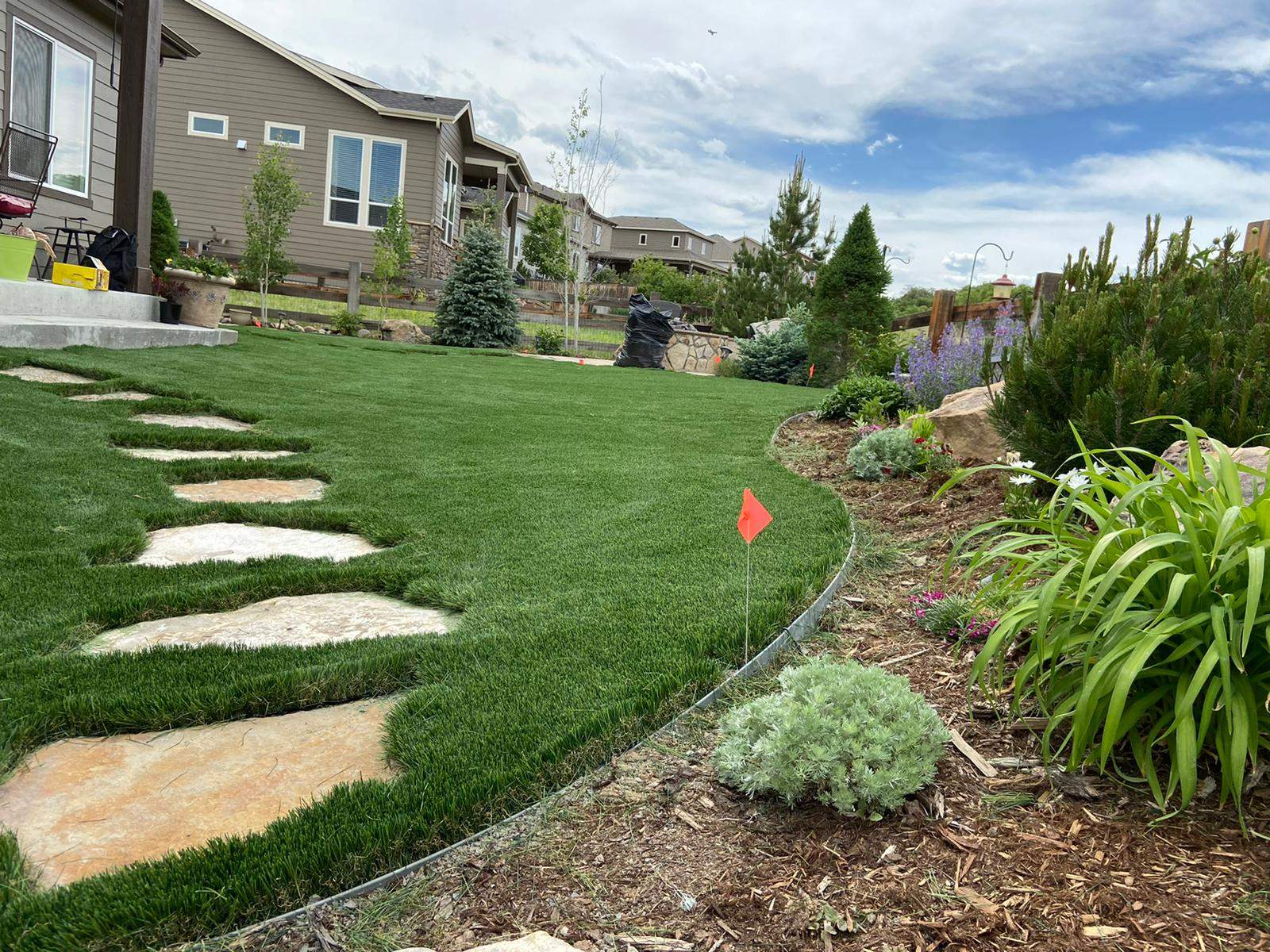The Importance of Early Intervention in Woodworm Management
Woodworm infestations can quietly wreak havoc on wooden structures, furniture, and flooring. Often overlooked until significant damage occurs, early intervention is crucial for effectively managing woodworm populations and minimizing structural damage. This article explores the importance of prompt action in woodworm management and outlines strategies for early detection and treatment.www.shashel.eu
1. Understanding Woodworm Infestations
What Are Woodworms?
Woodworms are the larvae of various wood-boring beetles, such as the common furniture beetle and the deathwatch beetle. They feed on the cellulose found in wood, creating tunnels and exit holes as they grow. While woodworms play a role in the ecosystem by aiding in decomposition, their presence in homes and buildings can lead to costly damage.
Signs of Infestation
Recognizing the early signs of woodworm activity is essential for effective management. Common indicators include:
- Exit Holes: Small, round holes in wood surfaces, typically around 1-3 mm in diameter.
- Frass: Fine powdery dust or pellets around exit holes, indicating active feeding.
- Tunneling: Visible channels within the wood can often be detected with careful inspection.
2. Consequences of Delayed Intervention
Structural Damage
One of the most significant risks associated with woodworm infestations is structural damage. As larvae feed and tunnel through wood, they can compromise the integrity of beams, flooring, and furniture. Delaying intervention can lead to:
- Weakened Structural Components: Over time, extensive tunneling can weaken load-bearing structures, posing safety risks.
- Increased Repair Costs: The longer the infestation is allowed to persist, the more extensive the damage, resulting in higher repair and restoration costs.
Impact on Property Value
A woodworm infestation can negatively impact the value of your property. Potential buyers may be deterred by visible damage or concerns about hidden infestations, making early intervention crucial for maintaining property value.
3. Benefits of Early Intervention
Cost-Effectiveness
Addressing woodworm problems early can save homeowners money in the long run. Initial treatment and repairs are generally less expensive than extensive restoration work required for advanced infestations. Regular inspections and prompt action can significantly reduce overall costs.
Preservation of Wood
Early detection allows for targeted treatment that can preserve the integrity of wooden structures. Timely intervention can often prevent the need for complete replacement, allowing homeowners to maintain the beauty and character of their wood.
Peace of Mind
Knowing that your home is protected from potential infestations provides peace of mind. Early intervention helps you maintain a safe and healthy living environment, reducing worries about pests damaging your property.
4. Strategies for Early Detection and Management
Regular Inspections
Conducting regular inspections of wooden structures and furniture is vital for early detection. Look for signs of woodworm activity, particularly in areas prone to moisture, such as basements, attics, and crawl spaces.
Professional Assessments
Engaging a pest control professional for periodic assessments can help identify potential problems before they escalate. Professionals have the expertise to recognize subtle signs of infestations and can recommend appropriate treatments.
Implement Preventive Measures
Taking preventive measures can reduce the risk of infestations:
- Control Humidity: Keep humidity levels low in your home to create an inhospitable environment for woodworms.
- Use Treated Wood: Opt for pressure-treated wood in construction and renovation projects to deter infestations.
- Apply Wood Preservatives: Treating wood with preservatives can help protect it from pests.
Prompt Treatment
If you notice any signs of woodworm activity, take immediate action. Options for treatment include:
- Chemical Insecticides: Use targeted insecticides specifically designed for wood-boring insects.
- Non-Chemical Treatments: Consider methods like heat or cold treatment to eliminate larvae without chemicals.
Conclusion
Early intervention is critical in managing woodworm infestations effectively. By recognizing the signs of infestations and taking prompt action, homeowners can prevent structural damage, save on repair costs, and maintain the value of their property. Regular inspections, professional assessments, and preventive measures play essential roles in early detection and management. Ultimately, being proactive about woodworm management not only protects your investment but also ensures a safe and healthy living environment. By prioritizing early intervention, you can enjoy the beauty and durability of wood in your home without the looming threat of infestations.


